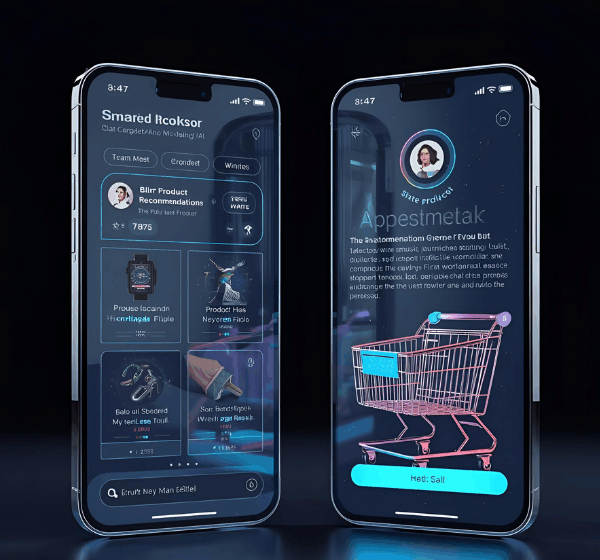
ChatGPT Enters E-Commerce: How AI Is Redefining the Shopping Experience
ChatGPT Enters E-Commerce: How AI Is Redefining the Shopping Experience
Introduction
ChatGPT is no longer just a conversational assistant — it’s becoming a shopping destination. OpenAI has begun integrating e-commerce directly into ChatGPT, starting with Etsy and expected partnerships with Shopify and other marketplaces.
This marks a major shift in how consumers interact with products online. Instead of visiting stores or apps, users can now discover, compare, and even buy items within an AI conversation.
So what does this mean for businesses, brands, and the future of online shopping?
From Chatbot to Checkout
E-commerce chatbots aren’t new — brands have been using them for years to answer product questions and guide customers through purchases. But OpenAI’s move goes far beyond that.
Instead of simply linking users to stores, ChatGPT becomes the store — capable of recommending products, processing transactions, and managing after-sales queries, all inside one conversation.
This could drastically simplify the customer experience:
-
No website navigation.
-
No checkout friction.
-
No need to compare across tabs.
It also opens a new era of “conversational commerce”, where discovery, personalization, and purchase happen seamlessly within the same interaction.
Implications for Businesses
For online retailers, this integration could be both an opportunity and a challenge.
Opportunities:
-
New customer access. Millions of ChatGPT users could now discover products organically through conversation.
-
Personalized recommendations. AI can match products to user intent far more naturally than search algorithms.
-
Reduced marketing noise. Instead of competing for ad clicks, sellers appear directly in meaningful interactions.
Challenges:
-
Platform dependence. Retailers may become reliant on AI platforms for discovery — similar to how they once depended on Google search or Amazon listings.
-
Loss of brand experience. When purchases happen inside ChatGPT, the emotional touchpoints of brand design and storytelling are minimized.
-
Data transparency. Businesses must understand how AI systems handle customer and transaction data.
Strategic Takeaways
-
Optimize for conversation, not keywords. Product descriptions, metadata, and FAQs should sound natural and contextual so AI models can surface them accurately.
-
Invest in AI-ready content. Rich, structured data (images, specs, reviews) helps chatbots recommend your products more effectively.
-
Build direct relationships. Don’t abandon your own customer channels — balance convenience with ownership of your brand experience.
-
Stay informed on integrations. Watch for opportunities to link Shopify or WooCommerce stores into AI assistants as APIs mature.
The Bigger Picture
This move blurs the line between AI assistant and digital storefront. It suggests a future where customers interact with commerce through natural language — “Find me a hand-made ceramic mug for under £30,” — and instantly get results from multiple sources.
For businesses, it’s a reminder that AI isn’t just changing marketing; it’s changing how buying itself happens.
Conclusion
OpenAI’s step into commerce could redefine the way we shop online. Brands that adapt early — by preparing their content, products, and data for conversational AI — will be best positioned to thrive in this new landscape.
As chatbots evolve into marketplaces, the businesses that learn to sell through conversation will shape the next era of digital retail.




